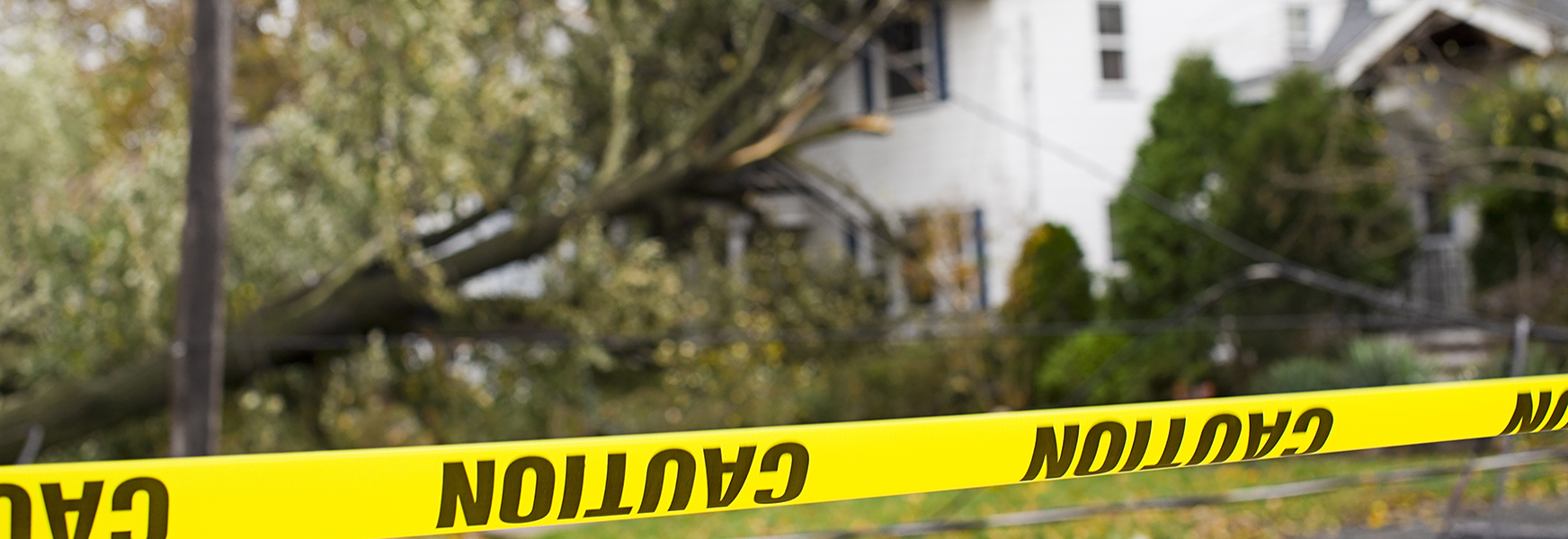Be Sure The "Calm After the Storm" Is as Safe as Possible!

As we mark the five year anniversary of Super Storm Sandy, the northeast now has an estimated 1,000,000 homes and businesses without power. The passing of the latest storm is a big relief for the northeast U.S., but now the cleanup begins and that can present some of the most hazardous conditions encountered during the entire storm.
The excerpt below is taken from an earlier Safety Net post written by Peter Koch, MEMIC Safety Management Consultant entitled The Cleanup: Don't Let Irene Do More Damage.Take this advice seriously as you attempt to clean up downed trees, restore services, and open businesses.
In the aftermath of Hurricane Irene here in the Northeast, property cleanup is at the top of everyone's to-do list. Make sure to take the time to conduct a job hazard analysis for the cleanup tasks and determine if you have the internal resources and skills to complete the cleanup safely.
Storm cleanup is one of the most dangerous tasks that can be performed with a chainsaw, placing the operator and fellow workers in challenging and unpredictable environments. Unstable elements in the canopy (including widow makers and spring poles), not to mention uneven ground and exposed root systems are all real hazards for the chainsaw operator. Experience and highly developed skills are the last lines of defense for the chainsaw operator.
Mechanical logging reduces the exposure to many hazards that the manual logger has limited ability to control. If your chainsaw operators are occasional users with limited experience and training, or your internal resources are unable to meet the demands of extensive storm cleanup, sub-contracting with a reputable logging company or certified arborist will transfer the risk and protect your most valuable resource, your employees.
If some level of cleanup at your operation is to be done with a chainsaw, you should complete a job hazard analysis which will help your operators review hazards and controls. For a sample job hazard analysis form, go to the MEMIC Safety Director. The Safety Director also contains a three part webinar covering chainsaw operation. Additional chainsaw safety resources are available in our Workplace Safety section, or check out this OSHA fact sheet.
As you drive on the roads this week keep an eye out for downed trees and power lines. Some secondary roads may be blocked for significant time as utility workers scramble to restore power to rural communities. Many traffic lights are inoperative, so caution is the word of the day. Stay in place if you’re able. If you must travel in areas that are heavily wooded and/or lightly trafficked take your time. Never touch any downed power lines, no matter how safe you think they are. Leave that work to the trained professionals.

